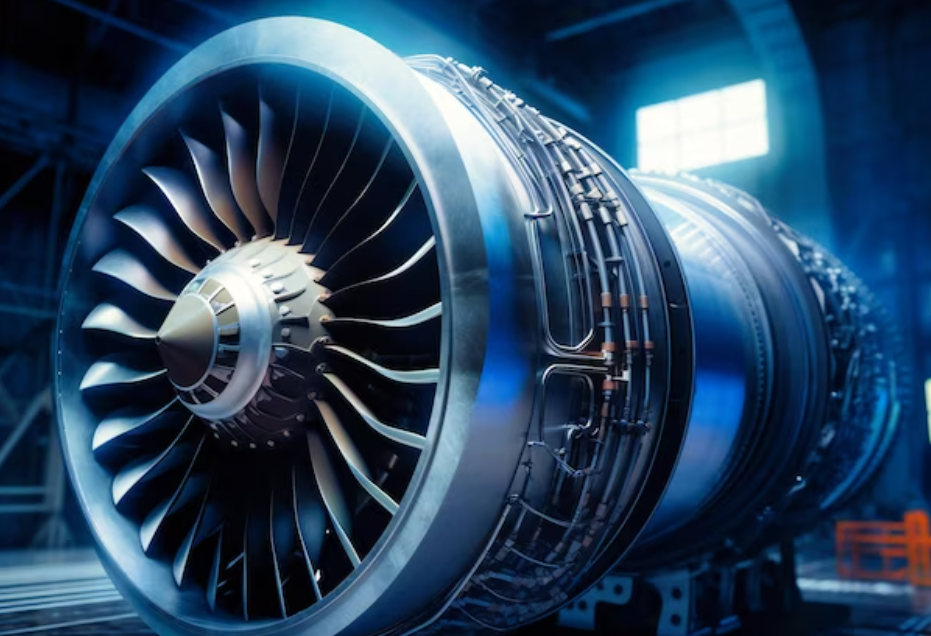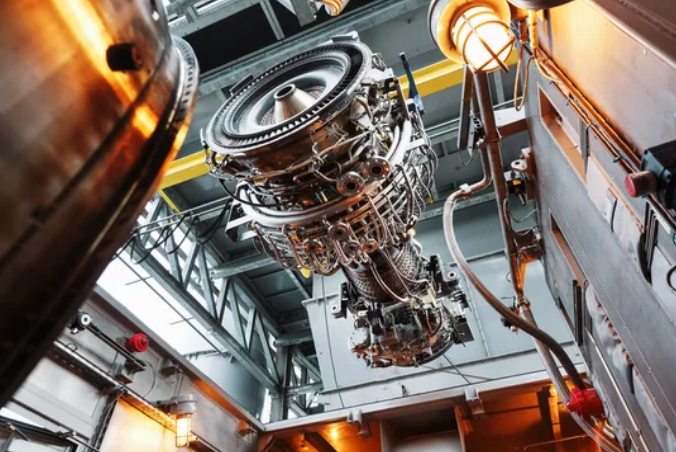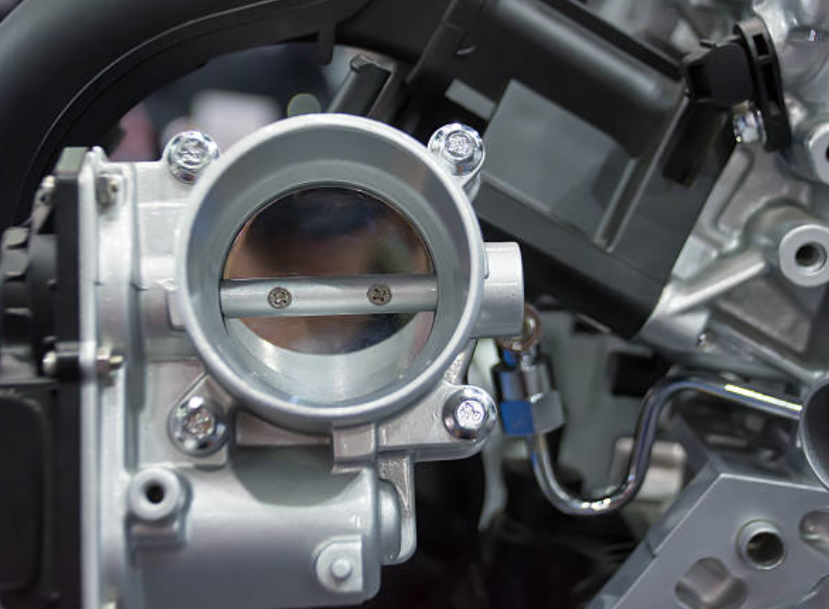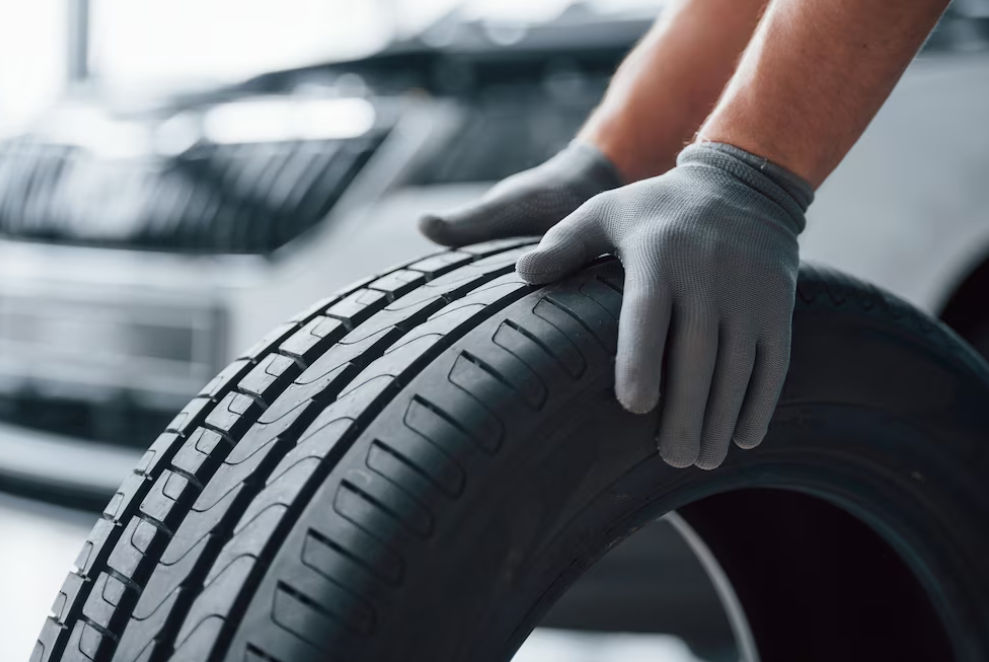What Is A Turbine Engine?
Referred to as a gas turbine or combustion turbine, a turbine engine stands as a distinctive machine that has significantly transformed the landscape of air travel. This type of continuous flow internal combustion engine utilizes gas as the working fluid to drive a turbine, effectively generating energy and contributing to the evolution of the aviation industry.

Turbine Engine Components
All gas turbine engines share a common set of essential components: a compressor, combustor, and turbine. The compressor can be visualized as a series of fans with progressively smaller blades. As air passes through each compressor stage, it becomes increasingly compressed, preparing it for combustion.
Following the compressor is the combustor, where the compressed air mixes with fuel and ignites. The power of this combustion is harnessed to turn the turbine, which is connected to the compressor, driving it to continue the process. Finally, the hot air and combustion products leave the engine, pushing backward in a forceful thrust. This reaction creates forward movement, making it possible for aircraft to fly.

Turbine engines transcend their traditional association with aviation, showcasing a diverse range of applications across various industries. Beyond the skies, these engines play a pivotal role in electrical power generation, contributing to the efficient production of electricity. Additionally, turbine engines find application in marine propulsion, where their power and efficiency are harnessed to propel watercraft with precision. Remarkably, some high-performance cars also incorporate turbine engines, exemplifying their versatility and adaptability across different domains, from the open skies to power generation facilities and the open road.

The evolution of the turbine engine unfolds through a rich history spanning over a millennium. While its conceptual roots delve deep into the past, it wasn't until the 20th century, marked by the introduction of jet engines, that this concept transformed into a practical reality. In their initial stages, early jet engines functioned akin to rocket engines, generating a high-pressure, hot gas stream for propulsion. As time progressed, these engines underwent significant advancements, ultimately culminating in the highly efficient and reliable machines we marvel at today.
-
What are the main components of a turbine engine?
The primary components include the compressor, combustion chamber, turbine, and sometimes a power turbine. These work together to facilitate the continuous combustion and expansion of gases, driving the engine.
-
Can turbine engines run on different types of fuel?
Yes, turbine engines are adaptable to various fuels, including aviation fuels, natural gas, and even biofuels, depending on the specific application and design.
See more review here: The 10 Best Duct Tapes For Your Everyday Needs













